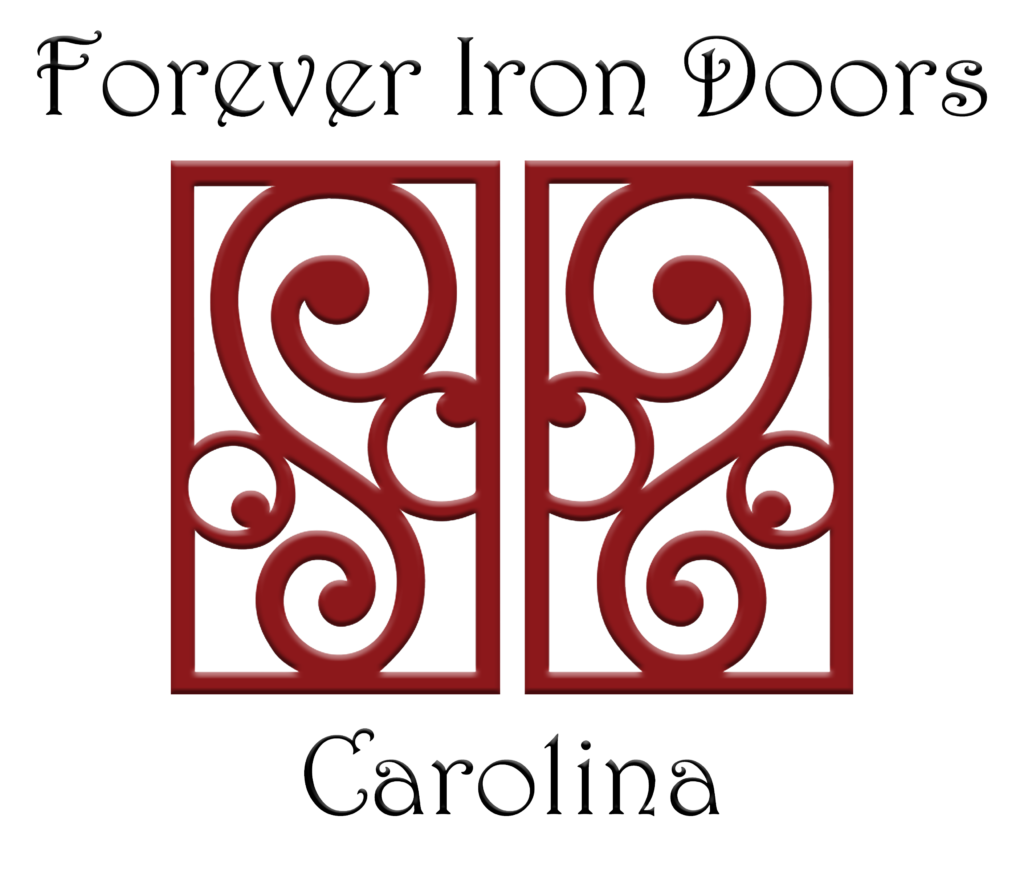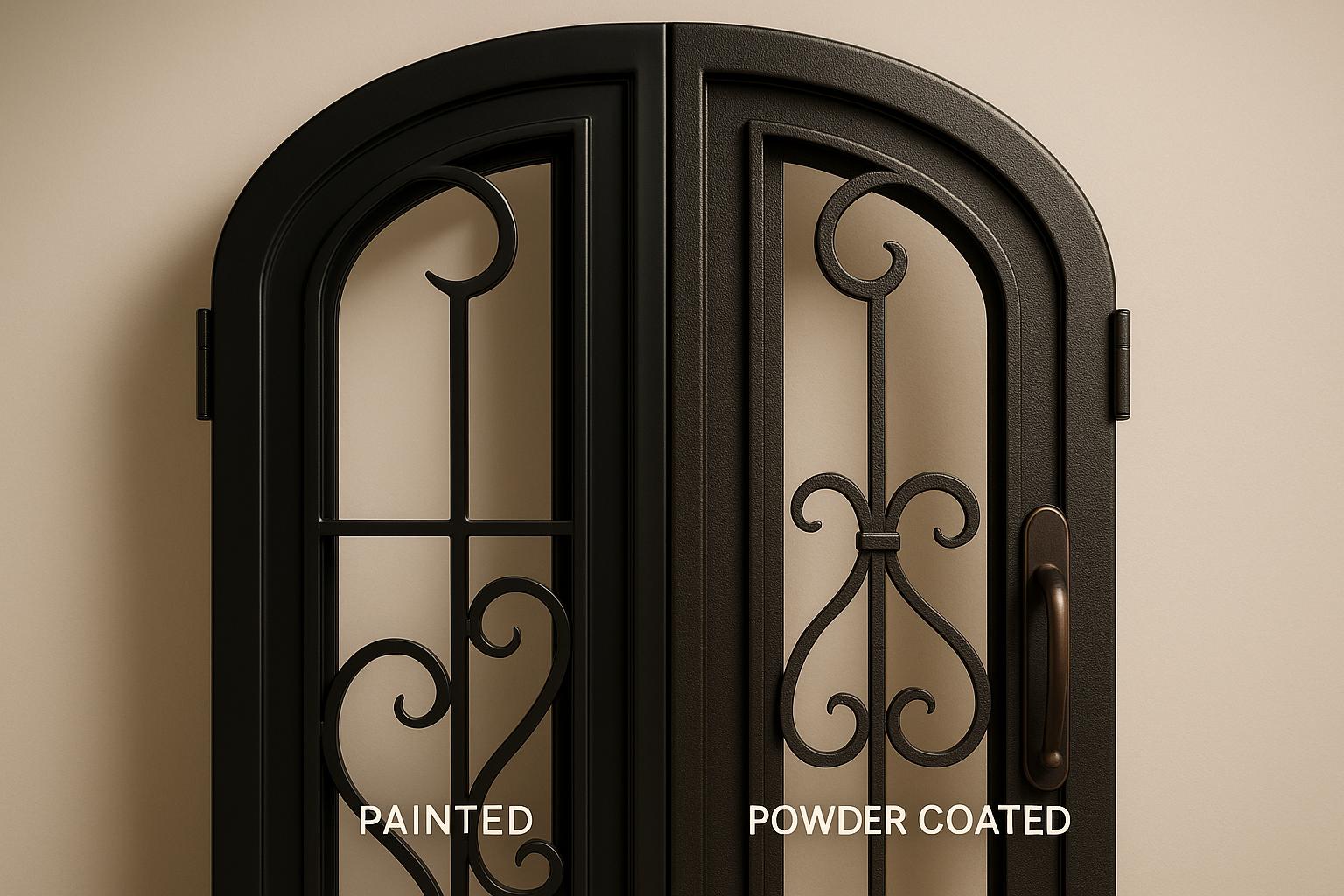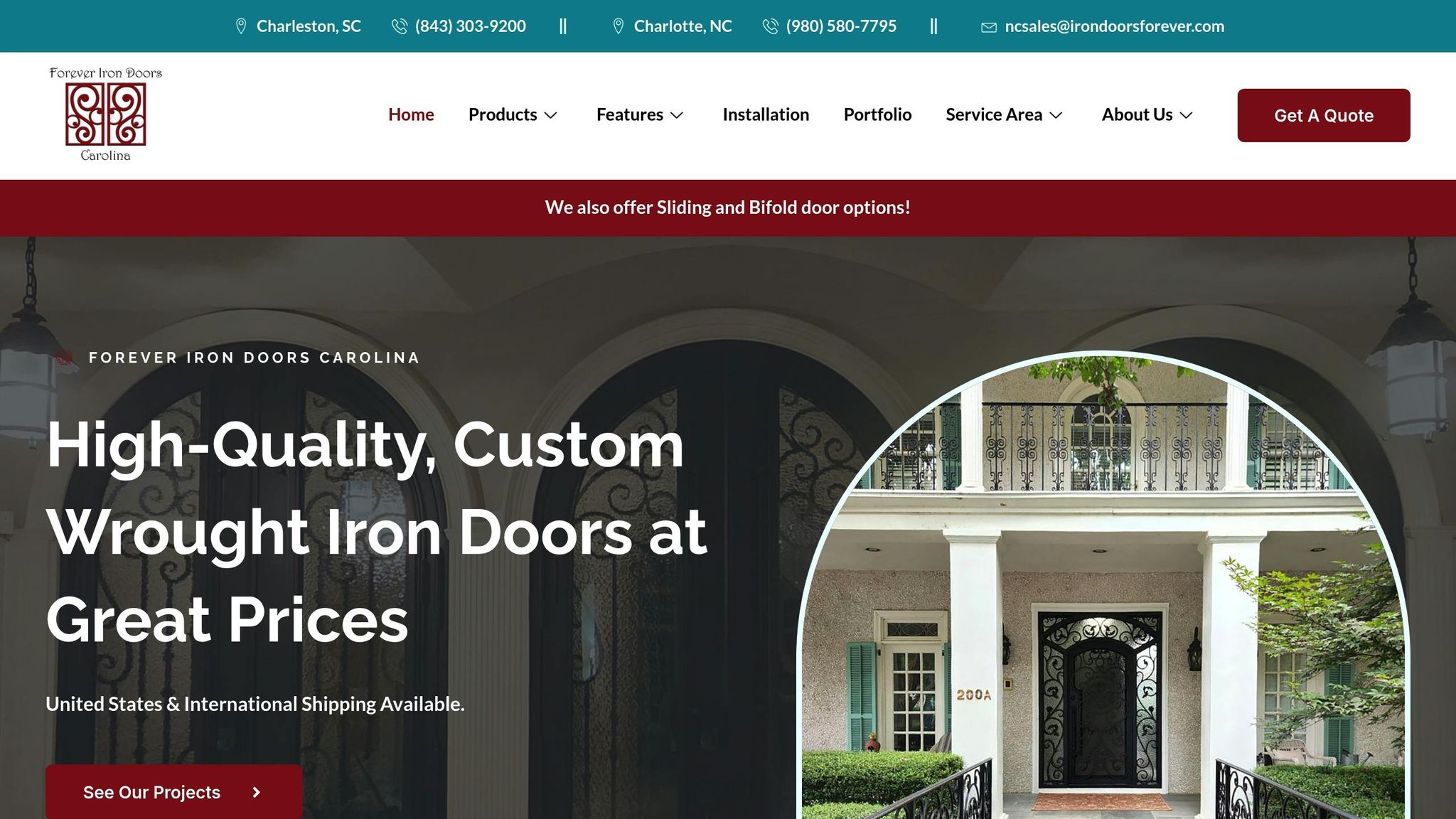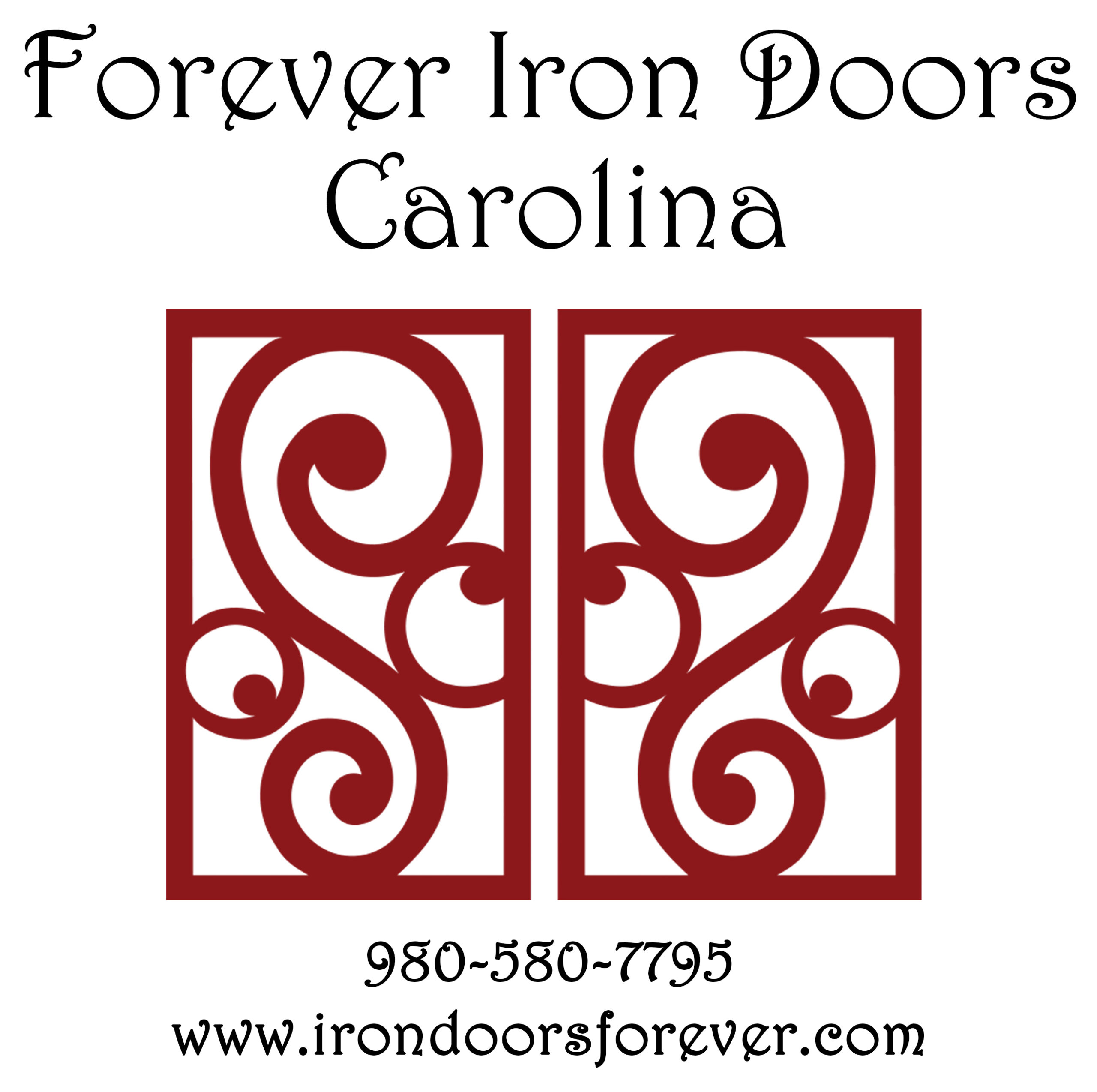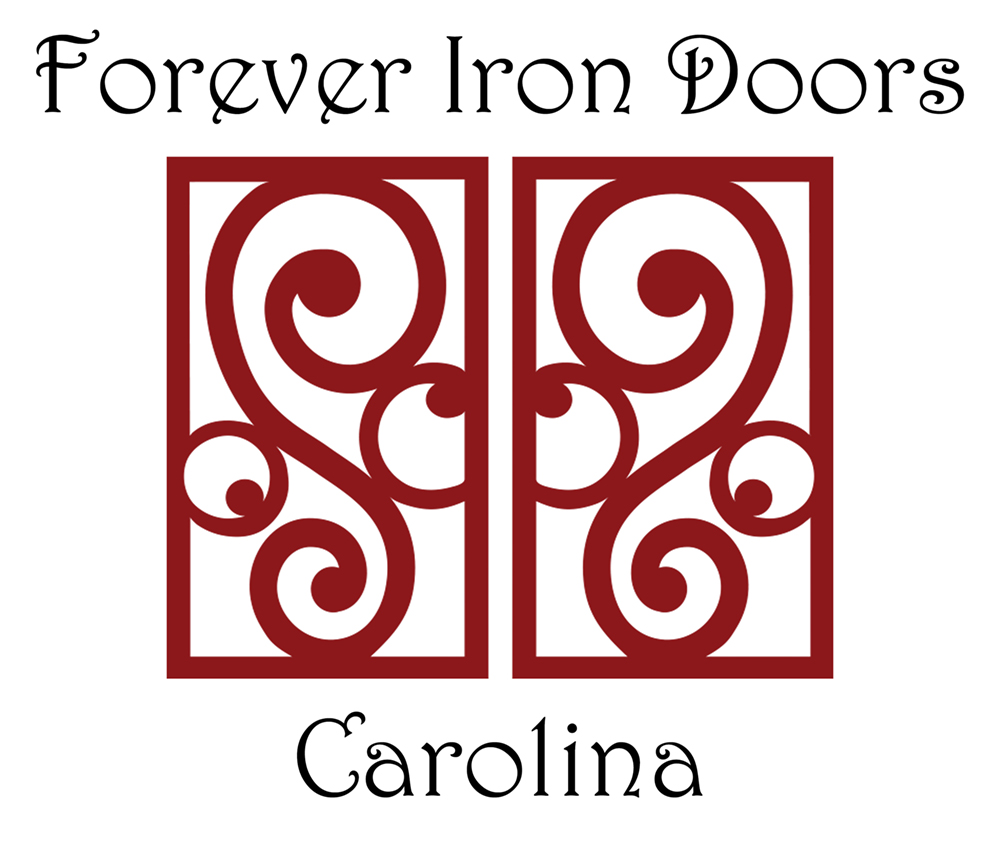When choosing a finish for your wrought iron door, the decision often comes down to powder coating or painted finishes. Here’s the bottom line:
- Powder coating is highly durable, weather-resistant, and requires minimal maintenance. It lasts up to 20 years, making it ideal for harsh climates like coastal areas with high humidity and salty air. However, it comes with a higher upfront cost and fewer design options.
- Painted finishes, especially epoxy-based ones, offer more customization with colors and textures. They’re easier to repair and touch up but may require maintenance every 2–4 years, especially in challenging weather conditions.
Quick Overview:
- Durability: Powder coating outlasts painted finishes.
- Maintenance: Powder coating needs less upkeep; painted finishes are easier to repair.
- Cost: Powder coating has a lower initial cost; painted finishes may cost more due to labor-intensive application.
- Design: Painted finishes offer more creative options, while powder coating is more uniform and sleek.
Key Takeaway: For long-term durability and low maintenance, go with powder coating. For more design flexibility and easier repairs, choose painted finishes. Professional installation ensures the best results for either option.
Powder Coating for Iron Doors
Powder coating offers a durable and long-lasting solution for protecting wrought iron doors, creating a strong barrier that surpasses traditional painted finishes. Let’s explore how this method stands out in key areas.
How Powder Coating Works
The process begins by applying electrically charged powder particles to the metal surface of the door. These particles stick evenly to the metal, ensuring uniform coverage. Once applied, the door is heated to temperatures between 300°F and 400°F, causing the powder to melt and bond into a seamless, protective coating. At Forever Iron Doors Carolina, a detailed multi-step process is used to create finishes that are both tough and resistant to fading.
This method results in a coating that is much thicker than traditional liquid paint. Powder coatings typically measure about 3.5 mils in thickness, compared to the thinner 0.015 to 0.02 mil layer achieved with liquid paint.
Durability and Lifespan
The added thickness of powder coating directly contributes to its impressive durability. On average, powder-coated finishes can last up to 20 years before needing touch-ups. High-quality, UV-resistant formulations often last even longer when maintained properly. Laboratory tests reveal that powder coatings can withstand over 4,000 hours of salt spray exposure, making them an excellent choice for areas with salty, corrosive air, such as coastal regions.
In contrast, painted finishes typically require maintenance or repainting every 2 to 4 years. For iron doors, powder coating provides superior protection against moisture, chemicals, and other corrosive elements, potentially extending the door’s lifespan to over 30 years. This ensures that your door remains sturdy and visually appealing for decades.
Cost and Maintenance Requirements
While powder coating requires professional application due to the specialized equipment and high-temperature curing process, its long-term benefits outweigh the initial investment. The thick, durable finish is resistant to chipping and flaking, reducing the need for frequent touch-ups. Over time, this resilience lowers maintenance costs and minimizes disruptions, ensuring consistent performance and appearance throughout the door’s life.
Color Options and Environmental Impact
Powder coating offers a wide variety of colors and textures, making it easy to match different design preferences. These coatings are specially formulated to resist chalking caused by moisture, heat, and UV exposure, ensuring your door retains its original look over time.
From an environmental perspective, powder coating is a cleaner alternative to liquid paints. The process produces fewer harmful emissions and contains minimal volatile organic compounds (VOCs). Additionally, any overspray powder can be reclaimed and reused, reducing waste and making it a more sustainable choice for today’s homeowners. Up next, we’ll directly compare these advantages with the characteristics of painted finishes.
Painted Finishes for Iron Doors
When it comes to protecting wrought iron doors, painted finishes – especially those using epoxy-based systems – offer a sophisticated and effective solution. This approach combines durability with aesthetic appeal, thanks to its multi-layer application process and straightforward repair options.
How Epoxy Paint Application Works
The process begins with meticulous surface preparation, removing rust and old coatings to create a clean base. A zinc-rich primer is applied first, serving as a robust shield against corrosion. This is followed by an epoxy primer, which ensures the next layers adhere securely.
The color coat, made from specialized epoxy formulations, is then applied. These coatings cure through chemical reactions, forming strong polymer chains that create a flexible, long-lasting finish. Allowing sufficient curing time between layers is critical to ensure the final result is both durable and visually appealing.
This multi-step process not only strengthens adhesion but also lays the groundwork for the finish’s enduring performance.
Durability and Maintenance Needs
Epoxy finishes provide a tough, moisture-resistant barrier that can handle a range of environmental conditions. The level of weather resistance depends on the specific epoxy used. For instance, high-grade marine epoxies are designed to endure harsh conditions like salt spray and intense UV exposure, while standard architectural epoxies are well-suited for most residential applications.
One of the standout features of epoxy is its flexibility. This allows it to adapt to temperature changes without cracking, ensuring long-term durability when properly maintained.
Cost and Design Flexibility
While epoxy painting typically costs more upfront than powder coating due to its labor-intensive application, the trade-off comes in the form of unmatched design versatility. Epoxy finishes offer an extensive range of color options, including custom color matching to fit specific architectural styles or personal preferences.
The design possibilities are vast. Epoxy can be crafted in a variety of gloss levels, from subtle matte to striking high-gloss finishes. It also supports intricate effects like hammered textures, antique patinas, and multi-tone designs. For those looking to make a bold statement or restore historic pieces, techniques such as hand-brushed accents, stenciled patterns, or gradient transitions can add unique character.
Easy Repair and Touch-Up
One of the biggest advantages of epoxy finishes is how easy they are to repair. Minor chips, scratches, or worn areas can be touched up with standard painting techniques, often eliminating the need for a complete refinishing.
For touch-ups, the process usually involves lightly sanding the damaged area, applying a compatible primer if bare metal is exposed, and carefully matching the original color. For more extensive damage, it’s often possible to refinish only the affected section, maintaining the door’s appearance and protective qualities without a full overhaul.
Side-by-Side Comparison: Durability, Cost, and Appearance
Choosing the right finish for your wrought iron door isn’t just about looks – it’s also about how well it holds up over time and how much maintenance it requires. Let’s break down the differences between powder coating and painted finishes, focusing on durability, cost, and appearance, so you can make the best choice for your needs.
Powder coating offers excellent durability with minimal upkeep, while painted finishes give you more design options and are easier to repair if damaged.
Comparison Chart: Powder Coating vs Painted Finishes
Here’s a quick overview of how these two finishes stack up:
| Feature | Powder Coating | Painted Finishes (Epoxy Paint) |
|---|---|---|
| Durability | Resists corrosion, chipping, and UV damage; lasts longer overall | Sturdy with proper care; chips and scratches are easy to fix |
| Initial Cost | Generally lower upfront cost | Higher initial cost due to multi-layer application |
| Long-Term Maintenance | Requires little upkeep, just occasional cleaning | Easy to touch up or repair specific areas |
| Color Options | Available in a wide range of standard colors | Offers custom color matching and specialty effects |
| Finish Styles | Smooth, modern look with consistent texture | Variety of options like matte, satin, gloss, antique, and textured finishes |
| Repair Process | Damaged areas usually need full refinishing | Simple touch-ups or sectional repairs are possible |
| Weather Resistance | Withstands extreme weather and temperature changes | Protects well against weather with proper application |
| Environmental Impact | More eco-friendly, often VOC-free | Some solvent-based options may have a higher environmental footprint |
Both finishes shine in different scenarios. Powder coating is ideal for harsh environments, such as coastal areas with salt air, intense UV exposure, or extreme temperature fluctuations. Its electrostatic application creates a durable, uniform barrier that’s highly resistant to corrosion. On the other hand, painted finishes are better for those who value flexibility. They handle temperature shifts well and allow for easy, localized repairs without needing a complete refinishing job.
From an aesthetic perspective, powder coating offers a sleek, professional appearance that works well with a variety of architectural styles. Painted finishes, however, bring more creative freedom, with options for custom colors, unique textures, and decorative techniques that can make your door truly one of a kind.
sbb-itb-cd90297
Professional Application and Custom Options
When it comes to wrought iron doors, professional installation and personalized finishes play a pivotal role in ensuring both durability and a style that complements your home.
Professional Installation Services
The sheer weight of wrought iron doors makes hiring professionals a must. A single door can weigh over 400 pounds, while double doors are even heavier, requiring specialized tools and expertise to handle safely. Taking the DIY route is strongly discouraged.
Professional installers bring the precision and experience needed for accurate measurements, tailoring the installation to fit your property’s unique features. This prevents issues like misaligned panels, uneven gaps, or doors that don’t close properly. They also prepare the door’s surface to ensure the finish adheres properly, while adapting their techniques to account for weather conditions during installation.
Mistakes during installation can damage the door’s finish, leading to problems like bubbling paint or scratches, especially around locks. Professionals use proper lifting methods and protective materials to safeguard the finish throughout the process.
In addition to ensuring a flawless fit, professional services allow you to explore custom finish options that make your door truly one of a kind.
Custom Finish Solutions
Both powder coating and painted finishes offer extensive ways to personalize your door. Powder coating comes in more than 100 colors and offers a variety of textures, such as veined, wrinkled, hammertone, and more. On the other hand, painted finishes, particularly those using epoxy paint, provide an almost unlimited palette with custom pigment options.
Beyond color, you can choose from hand-forged textures like hammered, smooth, or polished surfaces. Glass inserts are another way to customize, with choices like clear, frosted, textured, or etched glass. Decorative elements such as scrollwork, custom handles, and specialty locks can also be matched to your preferred finish.
For homeowners, matching the door’s design to your home’s style is where expert advice becomes invaluable. Professionals can guide you in selecting finishes that align with your home’s architecture, neighborhood aesthetic, and even the surrounding landscape. They also consider how finishes will age over time, ensuring your door maintains its appeal for years to come.
Why Choose Forever Iron Doors Carolina
Forever Iron Doors Carolina takes the guesswork out of the process by offering expert installation and bespoke finish options. From the initial design to the final installation, they handle every step, ensuring consistent quality throughout. Whether you prefer powder coating or painted finishes, they provide solutions tailored to your specific needs and environment.
Their custom design services set them apart. Whether you want a door that complements existing ironwork or something entirely original, their team can craft unique combinations of glass, finishes, and hardware. They also specialize in decorative finishes like faux painting, offering effects such as aged bronze, rust patina, and antique copper.
With experience in both residential and commercial projects, Forever Iron Doors Carolina understands the varying requirements of different applications. They stay up-to-date with local building codes, ensuring that your door meets all safety standards. This expertise not only prevents future complications but also safeguards your investment.
Their professional framing services ensure a perfect fit and smooth operation. They handle structural modifications when necessary and provide proper moisture sealing, which protects both the door and your home’s structure. This attention to detail enhances energy efficiency and keeps drafts at bay.
Conclusion
Deciding between powder coating and painted finishes for your iron door comes down to factors like durability, cost, and maintenance. Both options provide excellent protection and enhance the door’s appearance, but they shine in different ways.
If you’re after long-lasting durability and minimal upkeep, powder coating is a standout choice. Its resistance to chipping, fading, and weather damage justifies the higher upfront cost, especially when you consider the long-term savings on maintenance.
On the other hand, painted finishes – especially those using epoxy-based paints – offer unmatched flexibility in color and design. They’re an excellent option for homeowners who want a more customizable look or might want to refresh their door’s appearance later. Plus, the lower initial cost makes painted finishes a budget-friendly alternative.
Your local climate also plays a crucial role in this decision. For areas with harsh weather conditions, such as extreme temperatures, high humidity, or salty air, powder coating’s durability becomes a significant advantage. In milder climates or for doors in sheltered locations, high-quality painted finishes can perform just as well while keeping costs down.
Regardless of the finish you choose, professional installation is key to ensuring the best results. Proper surface preparation and application techniques make a world of difference in how well the finish holds up over time. At Forever Iron Doors Carolina, skilled experts are ready to guide you in selecting and applying the finish that perfectly fits your home’s unique needs.
Both finishes offer reliable protection and a polished look for your iron door. The choice ultimately depends on your budget, style preferences, and how much maintenance you’re willing to take on. With the right finish and proper care, your iron door will remain a stunning feature of your home for years to come.
FAQs
How do the maintenance needs of powder-coated finishes compare to painted finishes for iron doors?
Powder-coated finishes are celebrated for their long-lasting toughness and easy upkeep. They stand up well against chipping, cracking, and flaking, making them a great choice for outdoor spaces or areas exposed to tough weather conditions. Usually, all it takes to keep them looking their best is a quick wipe with a damp cloth.
On the other hand, painted finishes tend to be less durable when it comes to wear and tear. As a result, they often require more frequent touch-ups or even repainting, especially in high-traffic areas or environments exposed to the elements. While painted finishes can deliver an attractive look, they typically involve more effort to maintain both their appearance and protective layer.
For those seeking a durable and low-maintenance solution, powder coating is often the preferred option for wrought iron doors.
What is the environmental impact of powder coating compared to painted finishes?
Powder coating stands out as a greener alternative to traditional painted finishes. It produces very little waste, emits fewer volatile organic compounds (VOCs), and can even be recycled without releasing harmful substances. This makes it an eco-conscious choice for finishing wrought iron doors.
On the other hand, painted finishes often rely on petroleum-based ingredients, contain hazardous chemicals, and release higher levels of VOCs, which can contribute to air pollution and environmental harm. Opting for powder coating not only reduces emissions and waste but also delivers a long-lasting, visually appealing finish.
What should I consider when choosing between powder coating and painted finishes for my wrought iron doors?
When deciding between powder coating and painted finishes for your wrought iron doors, it’s essential to think about your local climate and how much exposure the door will have to the elements. Powder coating stands out for its durability, resisting chipping, scratching, and fading, which makes it a solid option for areas with tough weather conditions or significant temperature swings. With proper care, it can last up to 20 years and requires very little upkeep.
In humid or coastal areas, powder coating offers strong protection against rust and corrosion – something painted finishes might struggle with over time. While painted finishes do provide a wider variety of colors and can be more budget-friendly initially, they often need more frequent touch-ups to keep looking their best. For regions with high moisture or extreme weather, powder coating is a smart choice if you’re looking for long-lasting performance with minimal maintenance.
